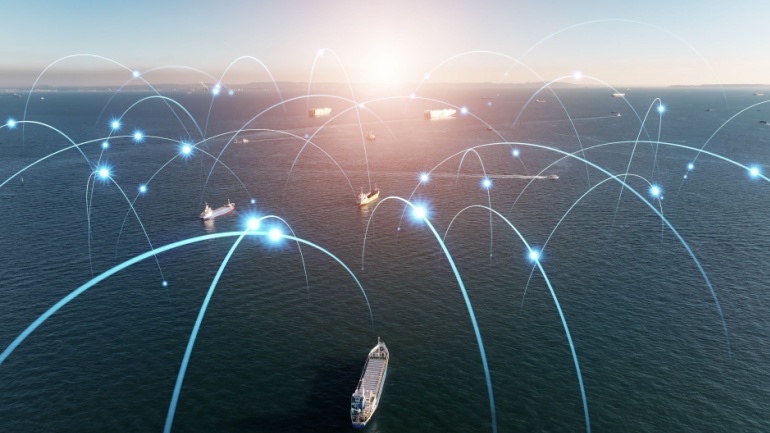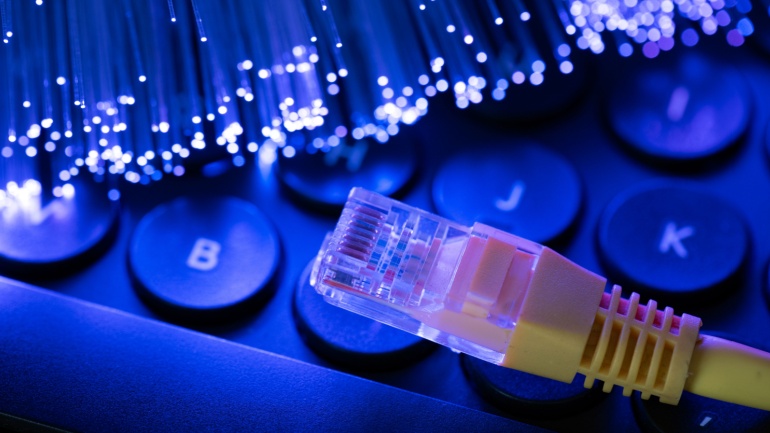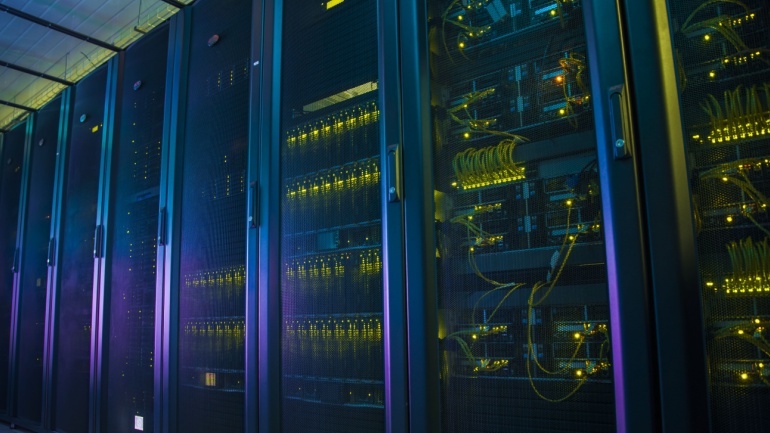At the Submarine Networks EMEA Conference in London, IOEMA Fibre introduced a new submarine cable that will link key markets across Northern Europe. The 1,400km cable, equipped with repeaters, will connect the UK, The Netherlands, Germany, Denmark, and Norway.
Nokia, in collaboration with Global Fiber Peru, has successfully launched a pioneering subaquatic optical, IP, and fiber broadband network in the Amazon rainforest. This new network aims to connect approximately 400 communities within the three-border region where Peru, Colombia, and Brazil meet.
Broadband infrastructure provider Openreach has unveiled plans to extend its full fibre broadband services to 517 additional locations across the UK, bringing fibre-to-the-premise (FTTP) to an extra 2.7 million homes and businesses. This ambitious rollout includes 400,000 homes in rural areas, highlighting Openreach’s commitment to bridging the digital divide.
Sparkle, Italy’s leading international service provider, has successfully landed its BlueMed submarine cable in Chania, Crete. The announcement was made during a press conference at the Italian Ambassador’s Residence in Athens, attended by key figures including Paolo Cuculi, the Italian Ambassador, and Dimitris Papastergiou, Greece’s Minister of Digital Governance.
Virgin Media Business Wholesale, a division of Virgin Media O2, has significantly upgraded the Manchester Equinix MA5 data center with advanced high-capacity fibre routes, enhancing connectivity in Manchester and the broader north of England. This upgrade positions the Manchester MA5 as a crucial node within Virgin Media Business Wholesale’s extensive network, which includes over 160 data centers across the UK.
A recent study conducted by Germany’s Verband für Telekommunikation und Mehrwertdienste (VATM) has illuminated the rapid advancements within Germany’s fiber market. The study highlights a steady stride in the country’s fiber rollout, projecting that nearly 19 million households, approximately half of the German population, will have access to fiber-to-the-premise (FTTP) connectivity by mid-year, marking a rise of 2 million households since the close of 2023.
Google Fiber (GFiber) is expanding its Nevada network to include the City of Las Vegas, following its initial foray into the state earlier this year. In February, Clark County approved a franchise agreement, facilitating GFiber’s network deployment in the region.
EXA Infrastructure, a leading digital infrastructure platform facilitating connections between Europe and North America, has unveiled plans for a significant expansion in North America. The company’s latest move involves the introduction of a new route linking Ashburn and Atlanta, aiming to bolster its infrastructure presence in the region.
Countries across East and Southern Africa are grappling with a widespread internet outage caused by faults in several submarine cables. According to Cloudflare Radar, which tracks internet disruptions, Tanzania is among the hardest hit, experiencing a significant drop in internet traffic to only 30% of its normal levels.
Black Box, a renowned provider of communication and technology solutions, has announced the inauguration of its state-of-the-art Hyperscale Data Center of Excellence (DCoE) in Inver Grove Heights, Minnesota. This milestone marks over three decades of Black Box’s presence in Minnesota and underlines its commitment to pioneering innovation and excellence in data center services and the broader technology sector.













